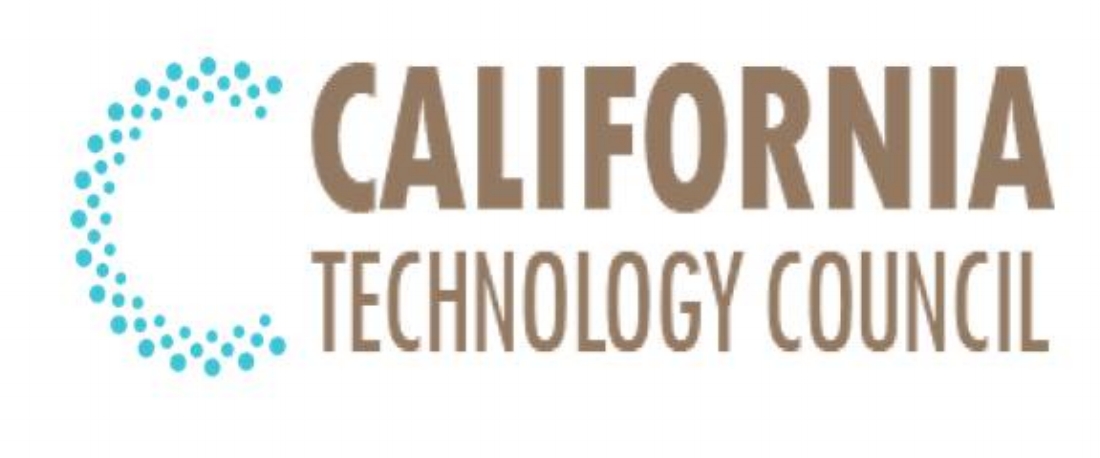Professor Glyn Davis is the Vice Chancellor of the University of Melbourne, Australia’s top-rated university. Prior to his leadership roles in academia, Glyn was the Director-General of the Department of Premier and Cabinet in the State of Queensland, Australia, serving Premier Peter Beattie from 1998 to 2002. He joins the California Technology Council as a Fellow to explore issues in public sector innovation. To mark the occasion, the CTC asked Professor Davis about his uncommon experiences being entrepreneurial in institutional settings.
CTC: You were a Harkness Fellow at Berkeley. What did your work there entail?
GD: It was a very different world in 1988 but UC Berkeley, then as now, remains a brilliant institution. I worked with political scientist the late Aaron Wildavsky in the Survey Research Centre exploring public broadcasting. The focus was diversity and plurality of contribution in public media – a tough technical problem before the rise of the internet, but now transformed by the work of those on campus and only a few kilometres away in Silicon Valley.
CTC: You’ve deployed innovative approaches both as a senior public official and in the administration of several universities. You seem open to change and have applied a willingness to “question everything” even in the most established institutions. As a leader of change, what advice do you have for entrepreneurs attempting to shift paradigms?
GD: Thanks for the flattering assessment! The most important advice I know is usually attributed - perhaps wrongly - to the economist John Maynard Keynes – “when the facts change, I change my mind. What do you do?” In my working life Australian universities have been altered utterly. There is an appearance of continuity, but beneath the familiar buildings what we teach, who works on campus, how we are funded and how knowledge is developed, stored and distributed have all shifted profoundly. Relentless curiosity is essential; when you are tired of keeping up, it is time to hand over your role to someone else.
CTC: What was Australia’s Innovation Task Force, and what did it find?
GD: In 2008 the Australian Minister with responsibility for Innovation, Senator Kim Carr, set up a review of innovation policy. This covered a wide range of fields, from IP legislation to new ways government could engage with the digital economy. The report contributed to a national conversation, with some but not all recommendations picked up and implemented. In retrospect the review and report proved a step on a broader journey for national policy rather than a definitive change.
CTC: Melbourne ranks as Australia’s top university and comes in at 34th in one world ranking for 2013-14. California peers in the top 50 of that ranking include Cal Tech, Stanford, Berkeley, UCLA, UC Santa Barbara and UC San Diego. Does this stature make it easier or harder to be a disruptor?
GD: I remain in awe of the best universities in California – their relentless focus on excellence, and their profound importance to innovation and economic progress. Not all societies so treasure their universities, or see the advantage of a vibrant research culture nurturing new generations of talented graduates. California is blessed in many ways, but the achievements of its public and private universities are hard won, and all the more important for being precious and fragile.
As Californian institutions demonstrate, and as I hope is also clear with the University of Melbourne, large institutions can also be innovators. In the past 20 years Melbourne has become one of the largest destinations for international students in the world (nearly 13,000 at any one time), adopted the Bologna model to structure its undergraduate and postgraduate programs, become the largest Australian provider of on-line education through a partnership with Coursera, and built new research facilities that contribute to international research rankings. This is the story of an institution that understands reputation is perishable without constant renewal.
CTC: The CTC aims to work with partners in government to help them look for and ultimately source novel, early-stage innovations that meet public and infrastructural needs. Among the many hurdles in this process is the zero-tolerance level the public sector has for technology risk. Is this an impossible task?
GD: You are entirely right about the challenges, including appetite for risk and regulation around activities by public entities. Yet the record shows constant innovation by public institutions. Recent books such as Mariana Mazzucato’s The Entrepreneurial State, emphasise the importance of public-private links, and the flow of technologies and people across the two sectors. Challenging yes, impossible no!

